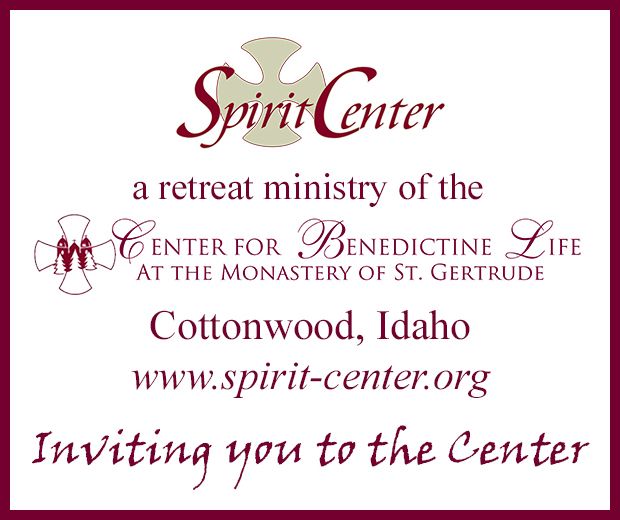Healing the Invisible Scars of Spiritual Abuse
By Pete Haug
Scars are visible signs of physical injury. Seldom are we aware of invisible scars left by spiritual or emotional trauma. Post-traumatic stress syndrome is one example. Often such spiritual injury never heals completely.
I was lucky. An invisible scar I received as a child haunted me for years each Christmastide. It’s now nicely healed.
I don’t remember when I first began to dislike the Christmas season, but my scar had more to do with my family than with the season. As a boy, I loved many things associated with Christmas. A high point was listening to Handel’s Messiah while trimming the tree.
As I grew older, I began noticing family tensions, especially at holiday get-togethers. There were five in our nuclear family: my mother and father, my father’s mother and older sister, and myself. Christmas Eve festivities usually also included an aunt and uncle who lived next door.
Both men commuted via a 45-minute train ride between work and home. When Christmas Eve fell during the week, the workday was shortened, ending with a well lubricated afternoon office party. By the time the men got home, they had a considerable head start on the evening’s festivities. Once, my father stumbled and fell in the pedestrian tunnel under the railroad tracks. He had to change his clothes and have scrapes patched before we could sit down to eat.
Drinks were served before and during dinner. I was allowed a little wine on this special occasion. Mother, however, started drinking early in the day — every day — so that by dinnertime, she had been drinking for several hours while helping grandma prepare the meal. The others drank moderately throughout the meal.
Traditionally we opened gifts after dinner, leaving the stuffed stockings for Christmas morning. Since I was the only child, I got to play Santa as soon as I could read, and I thoroughly enjoyed the role. Not only was I the center of attention, but I also liked bringing happiness as I distributed gifts to the rest of the family.
The problem with this warm scenario is that it doesn’t describe the underlying tensions that surfaced as alcohol flowed more freely. As I grew older, my awareness grew apace. I began to dread the Christmas Eve tradition as well as similar family gatherings. It all came to a head the year I was twelve. I don’t recall any particular topic or discussion, but tensions had been mounting as dinner proceeded and alcohol flowed. Voices rose, strident and vitriolic. Accusations and counteraccusations flew.
As a child, I wasn’t part of those proceedings. No one noticed as I fled silently. I cleared my place, took plate and utensils to the kitchen, walked through the living room past gifts arrayed under the tree, continued upstairs, donned pajamas, brushed teeth, and went to bed. As I lay there, shouts reverberated through the house. Though my stomach was churning, I felt little emotion; rather, I was drained and exhausted, frustrated and helpless. I may have dozed, but probably didn’t fall asleep.
At some point, Mother knocked on my door. The house was quiet. Voices had subsided. She came in and cajoled me into going downstairs, once more to become a jolly Santa. There were no apologies.
The Scar Still Burned
Thirteen years later that scar still rankled. My Christmas cynicism matured as I did. It manifested itself in bitter scoffing at the season’s festivities. Jolie, my bride of four months, viewed Christmas differently. Her childhood Christmases had been warm, loving, truly merry. I hadn’t a clue.
Weeks before Christmas she began buying and hiding presents. I found and peeked at gifts she’d hidden. When I teased her about my discoveries, her face crumpled. She teared up: “Don’t bother getting gifts. I don’t want anything from you for Christmas!” It was our first serious disagreement. Many tears later we resolved our divergent perspectives. I learned to value the things she saw in the season.
It took me decades to heal, to realize that the spiritual abuse I received was circumstantial, not intentional. Indeed, it was anything but intentional. My family demonstrated their abiding love for me in many ways, even as they failed to understand how they scarred me in others.
I’m lucky to have recognized this. It helped that I discovered a faith that embraces not only Christmas, but also similar festivals in other religious traditions. Recognizing our human oneness can lead to healing spiritual scars.
My Christmas scar twinges only slightly as each season approaches. It’s no longer a problem. I still find myself recoiling at Rudolph’s red nose, wondering slyly how that nose got red. Then I recall how blessed I’ve been. I’ve got better things to do than cavil at Christmas.
It is, at its finest, a most spiritual season.








[…] Pierre Luc on 2021-09-27 Share on Social […]